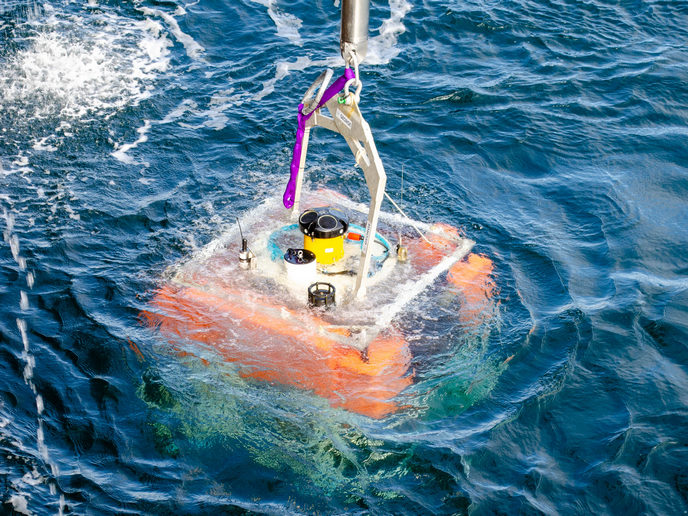Calibration of ultramodern optical seismometers
The Energy, Environment and Sustainable Development (EESD) Programme funds projects that will bolster Europe's defences against natural disasters. Earthquakes are common in many parts of Europe and can result in significant loss of life and property damage. An EESD project, entitled OPTSDET, aspired to create a new generation of seismic sensors based on advanced optics. The National Institute of Research and Development for Earth Physics (NIEP), an OPTSDET partner, tackled the challenge of calibrating the new sensors. NIEP applied expertise it has accumulated while operating the national seismic network in Romania. The main obstacle the Romanian seismologists had to overcome was the lack of existing calibration equipment designed for optical instrumentation. Their solution was to calibrate with a conventional electromagnetic (EM) seismometer. In order to cover the necessary frequency range, NIEP developed a two-step approach. Proper measurement of smaller earthquakes requires a higher signal-to-noise ratio. NIEP attained this by placing the sensors in a special vault in quiet regions (e.g. caves or basements). Once this step is complete, the sensors are moved into the laboratory and onto a shaker table. The frequency at which the shaker table moves is known and this information can be used to calibrate the response of the EM and optical seismometers accordingly. For the reference EM sensor, NIEP proposes the S-13 model of Teledyne Geotech, which has performed reliably in the field in the Romanian national network. More information can be found in the report compiled by NIEP for OPTSDET that describes the calibration procedure in detail.







